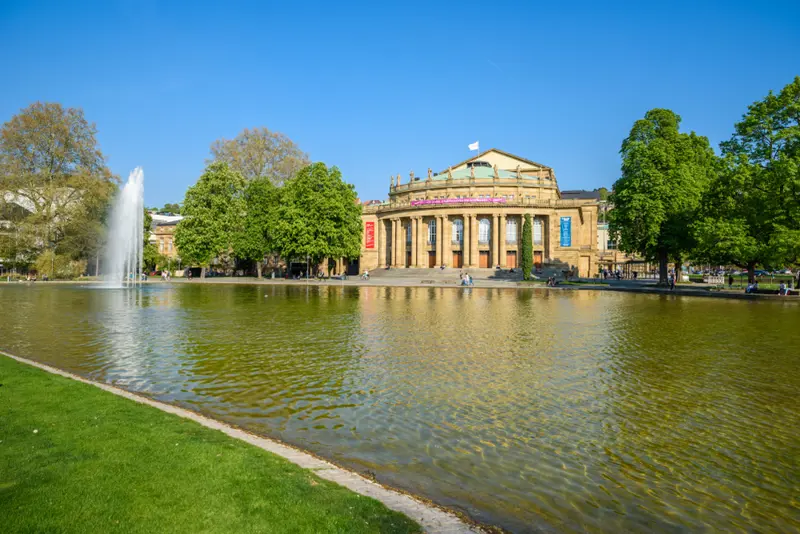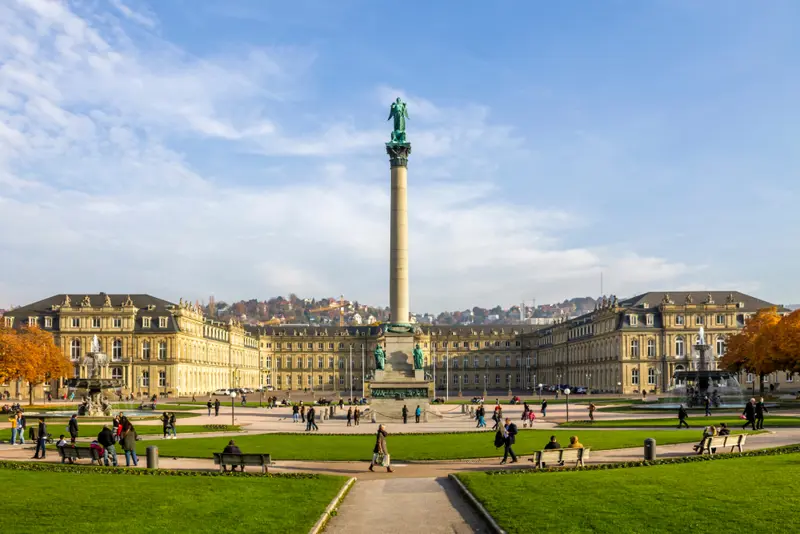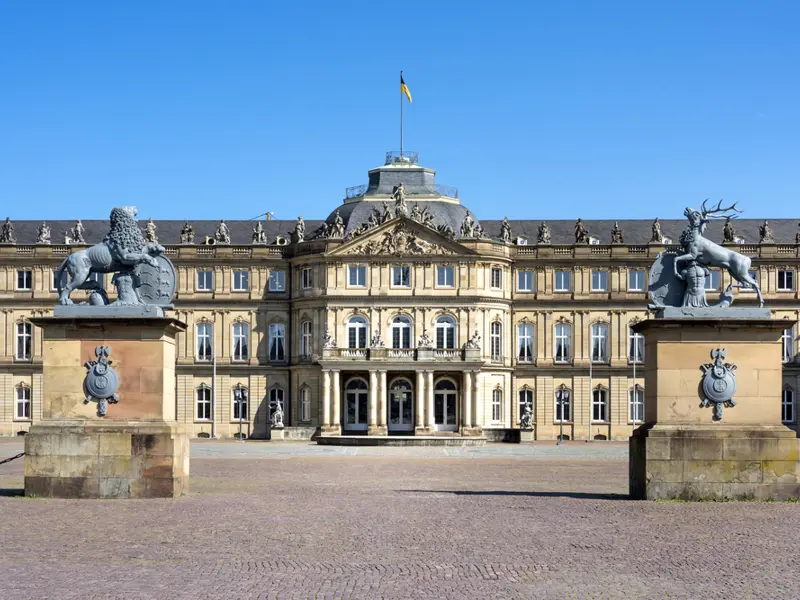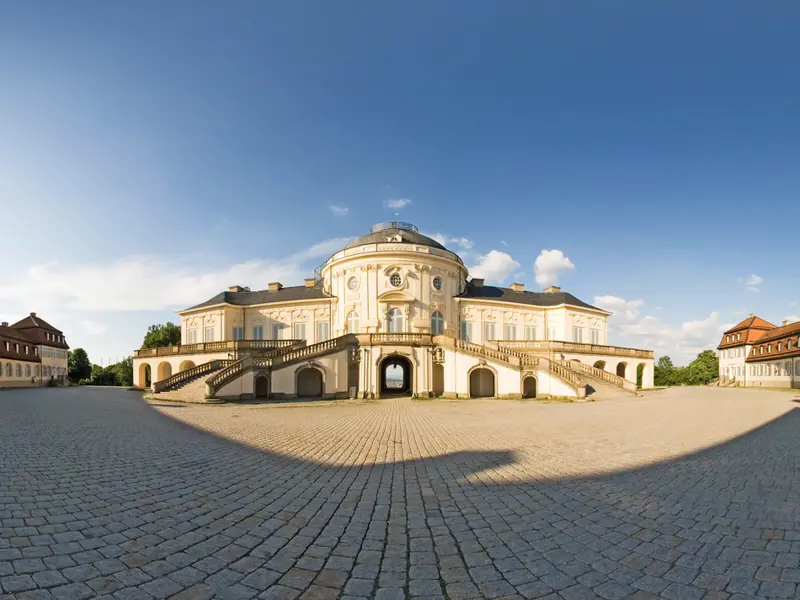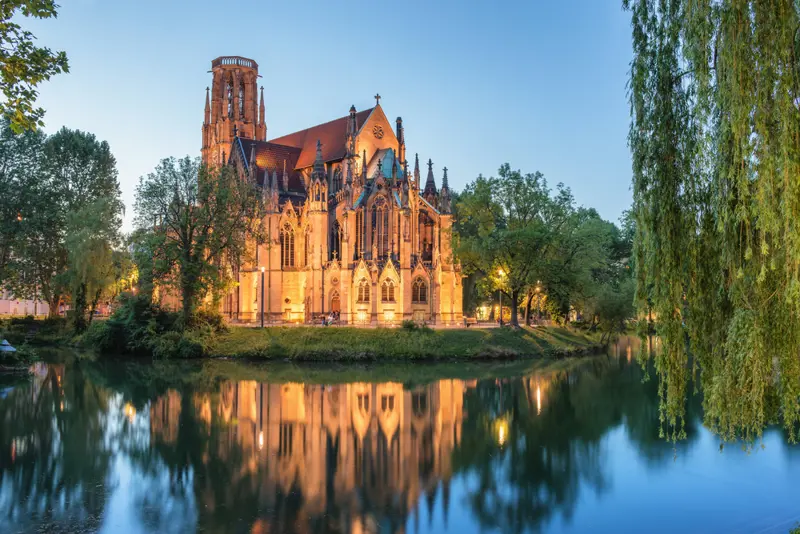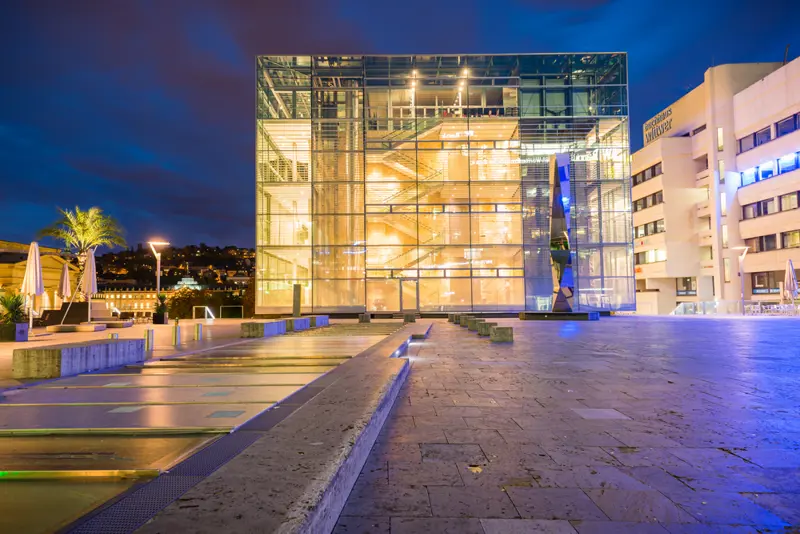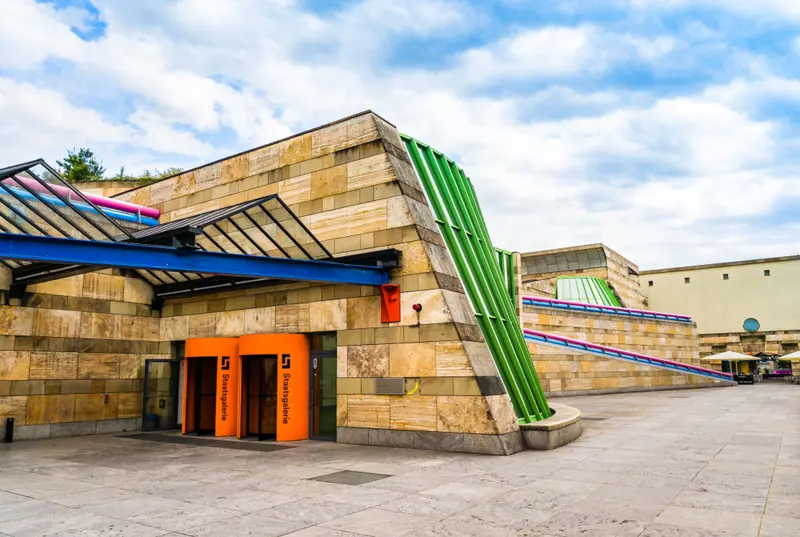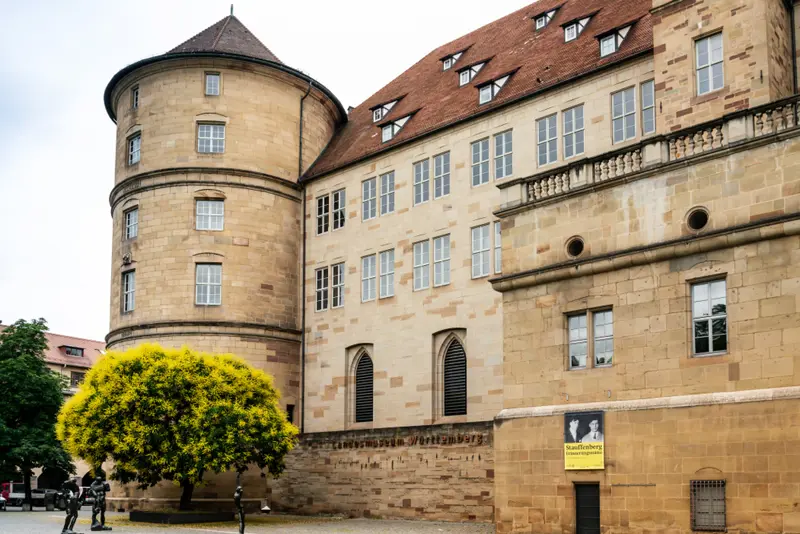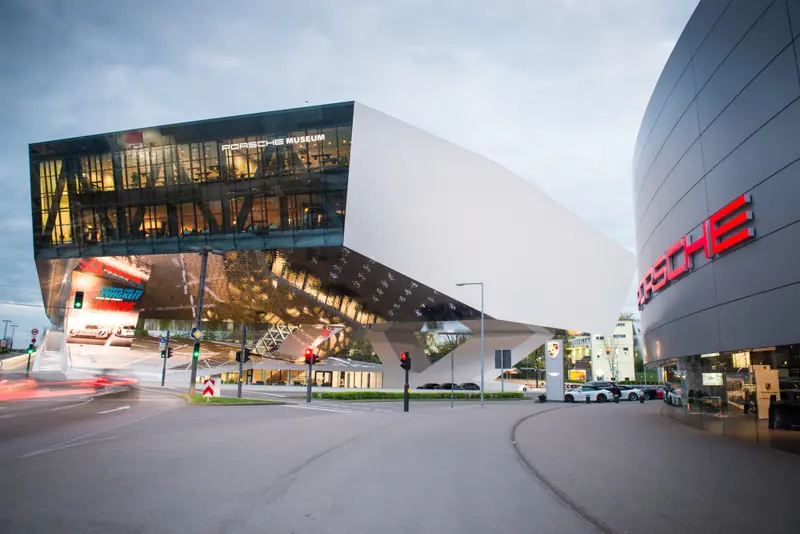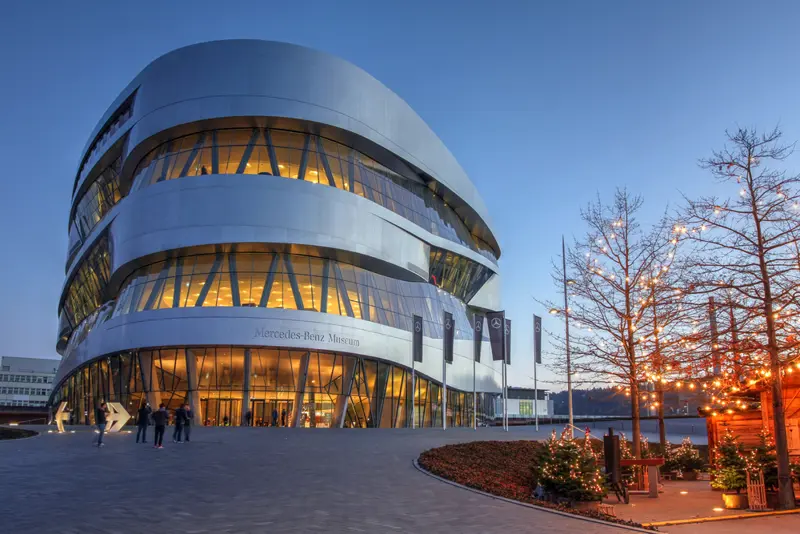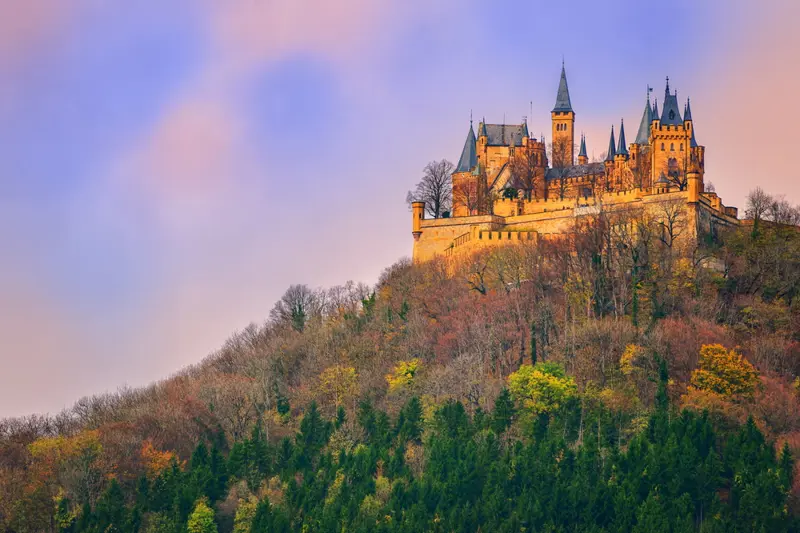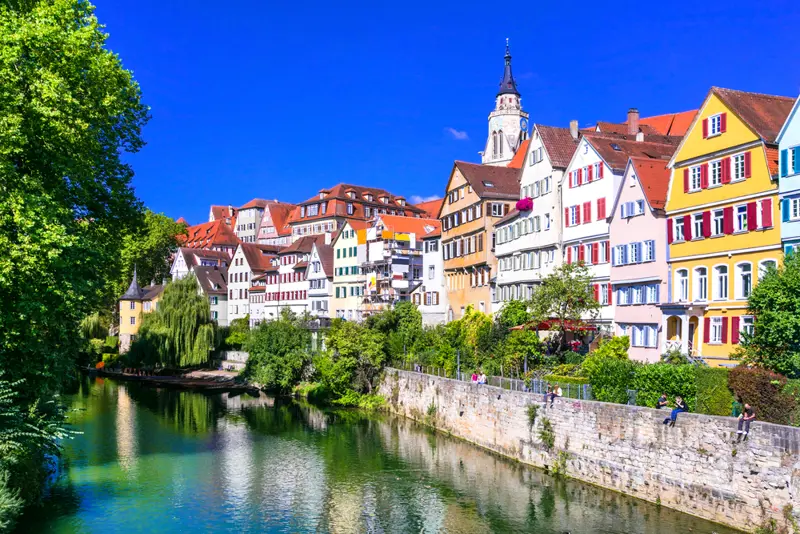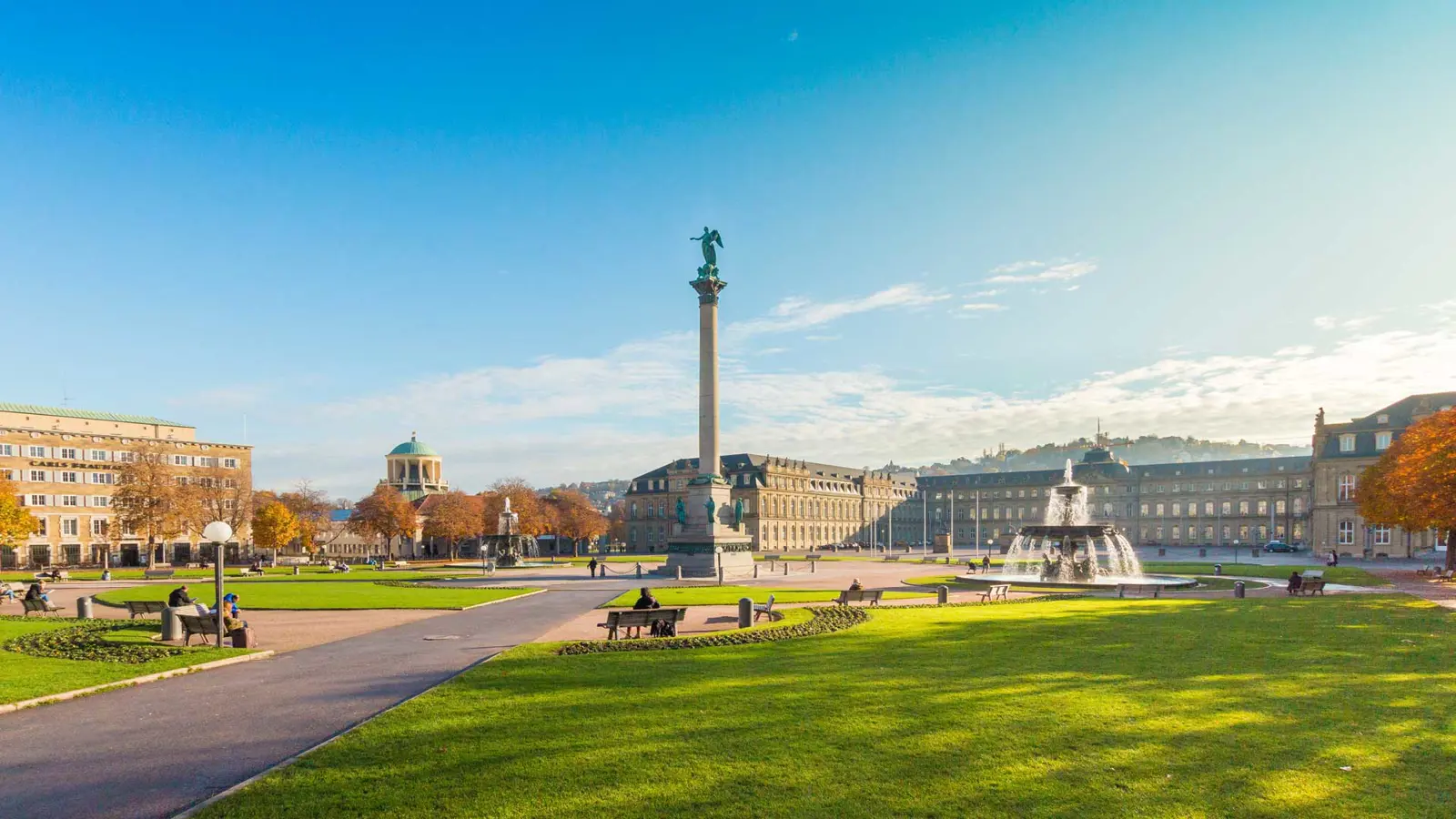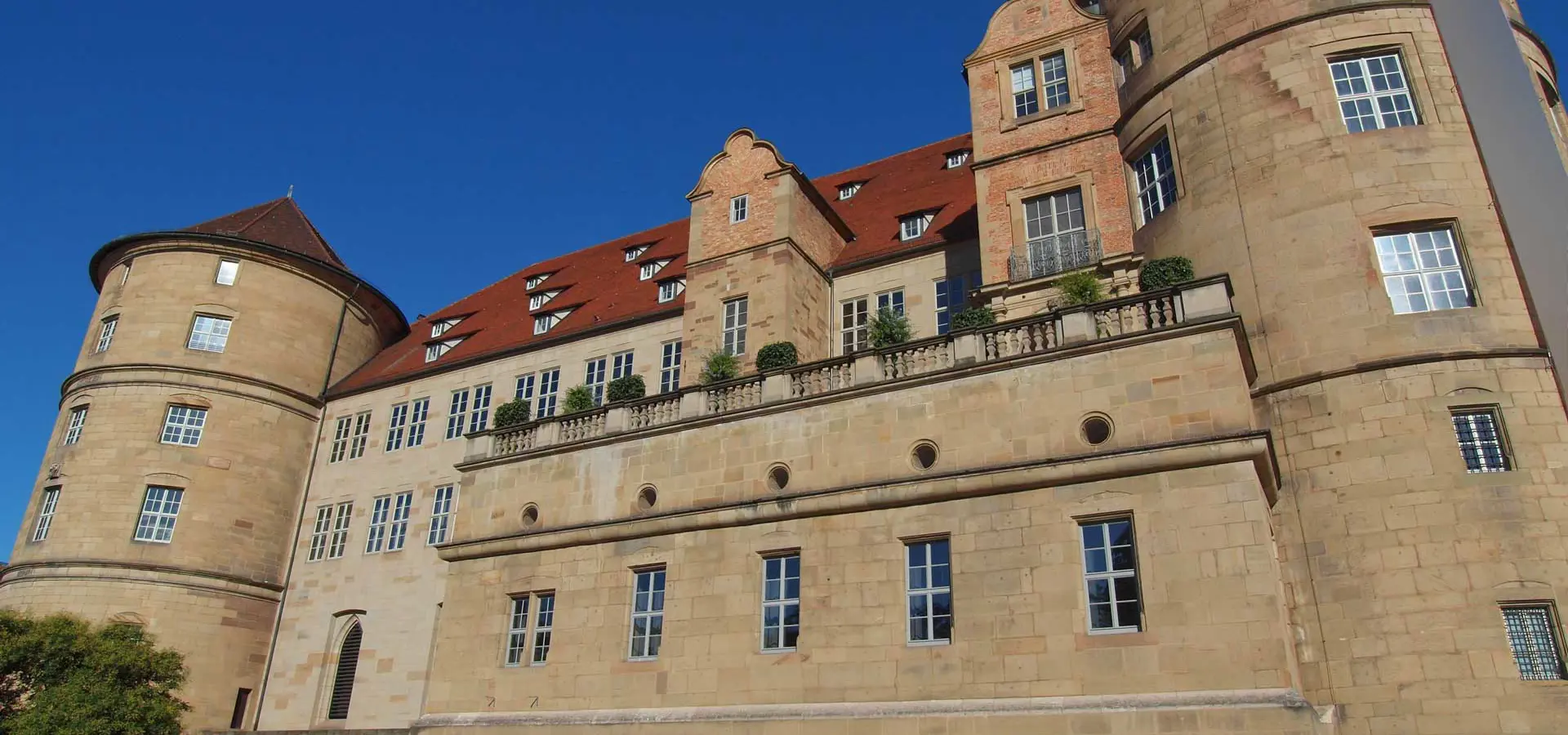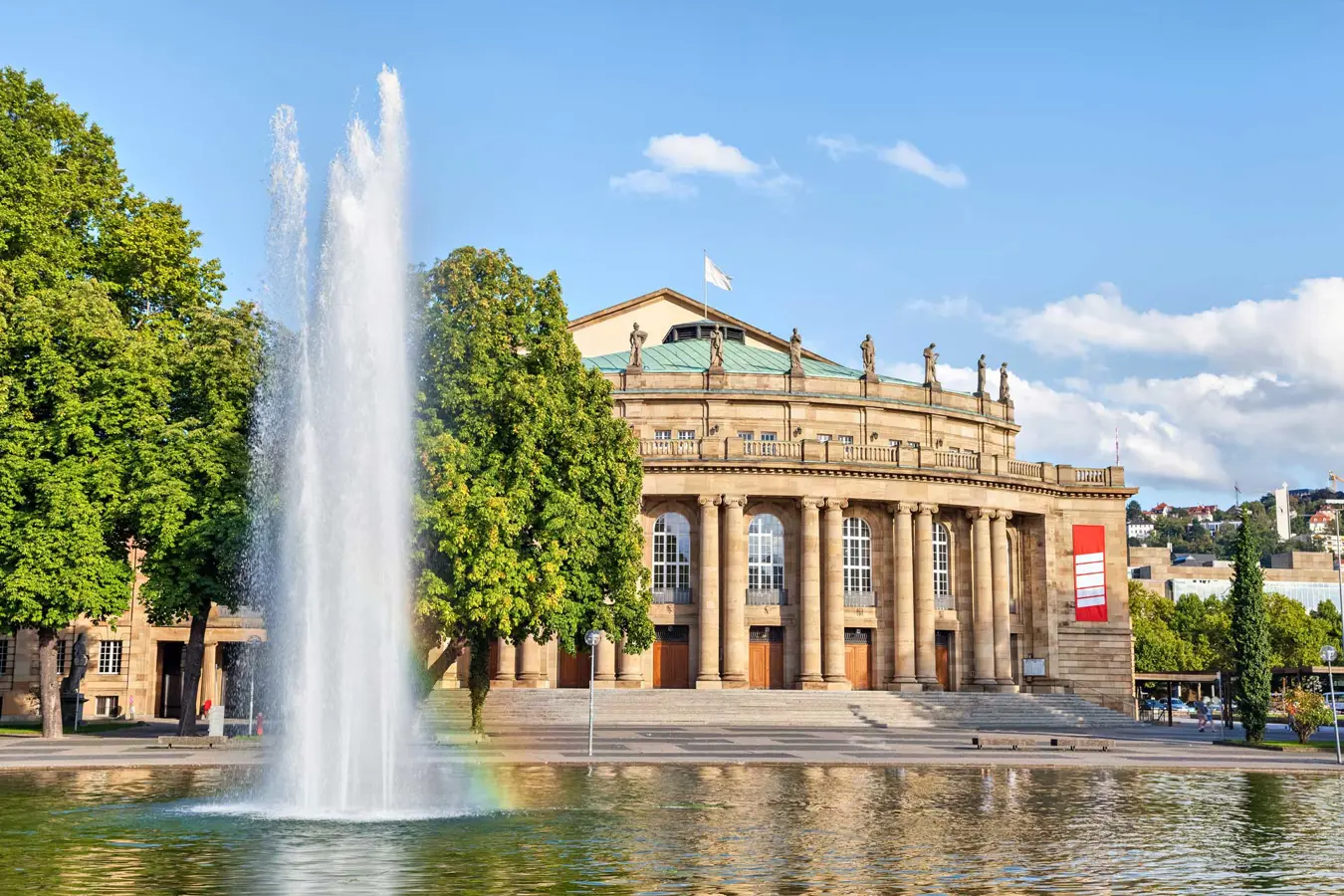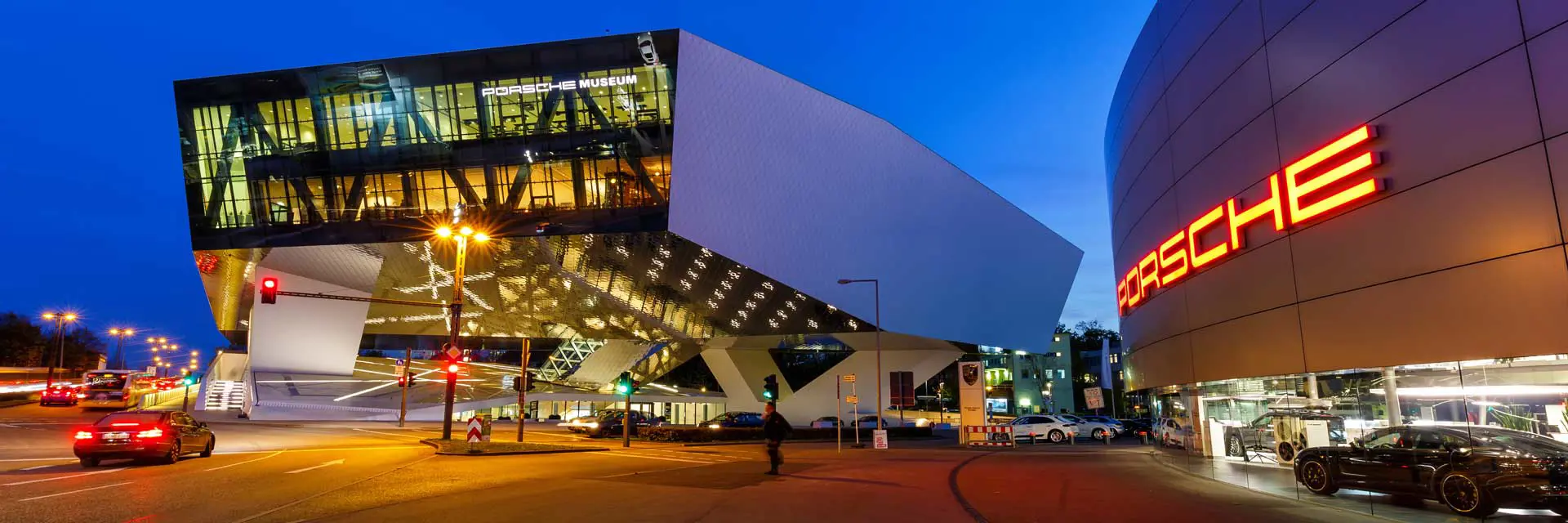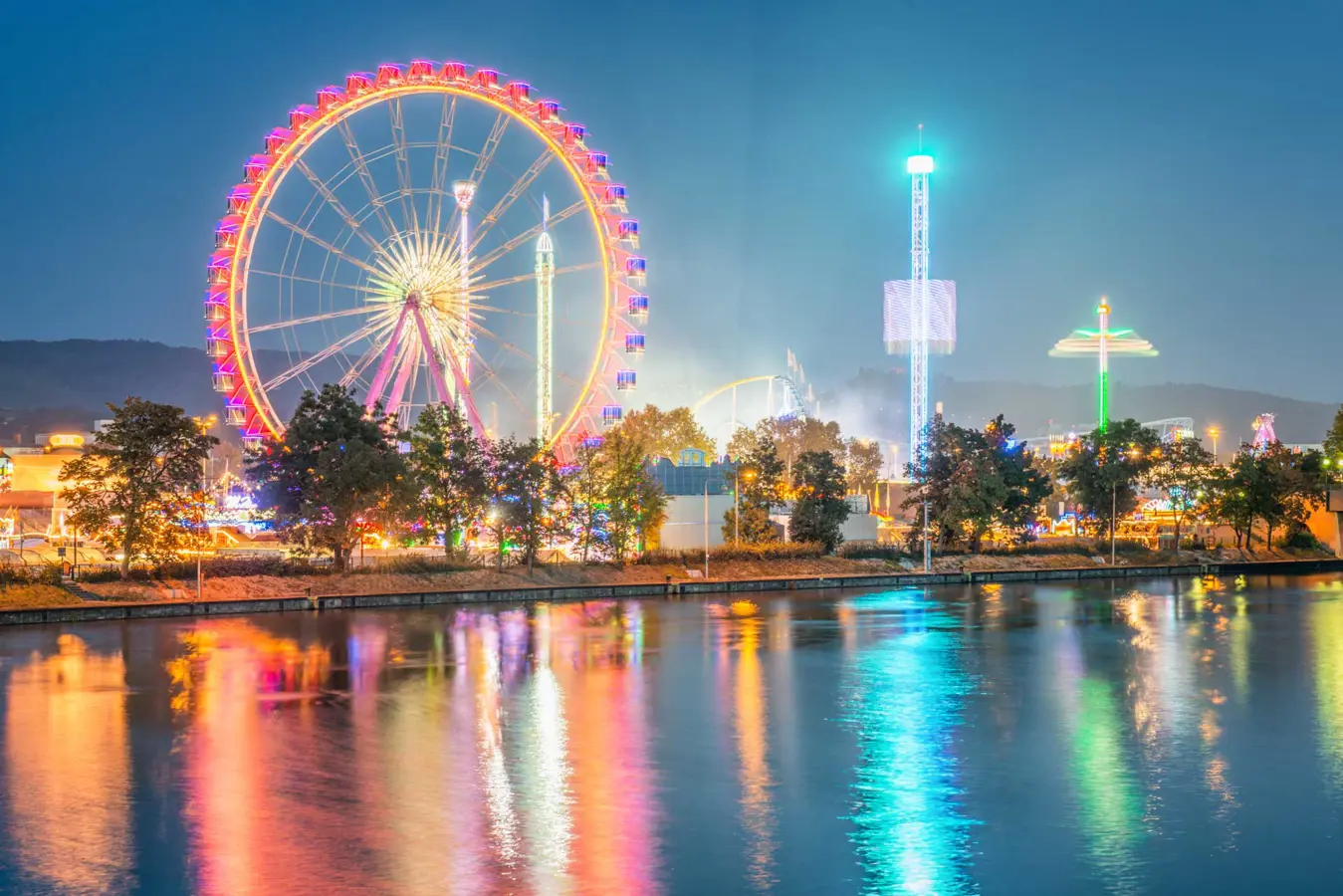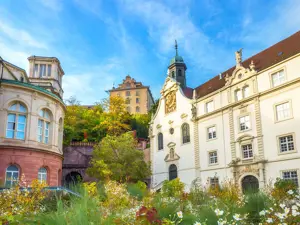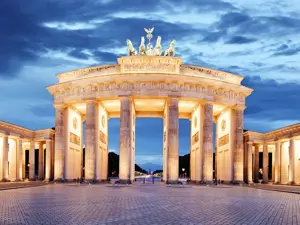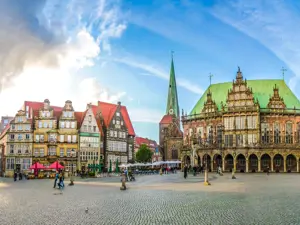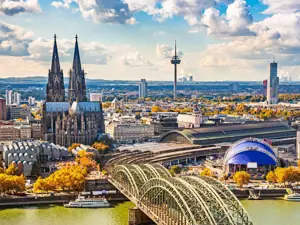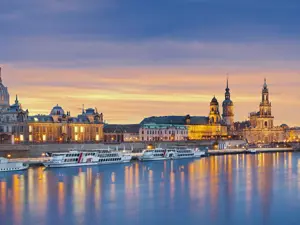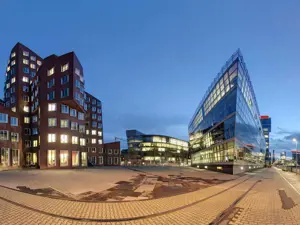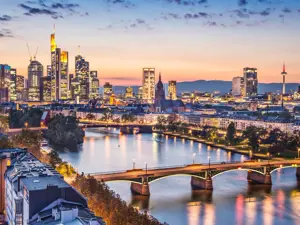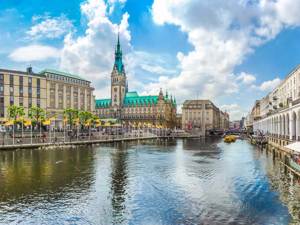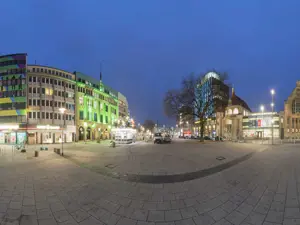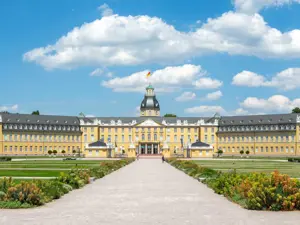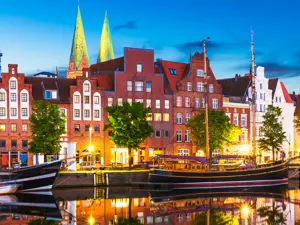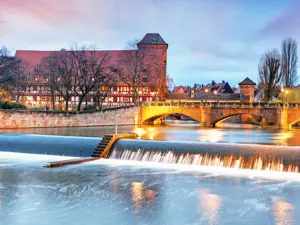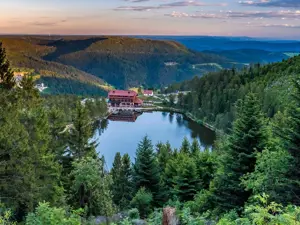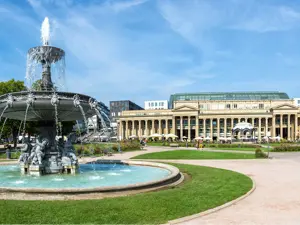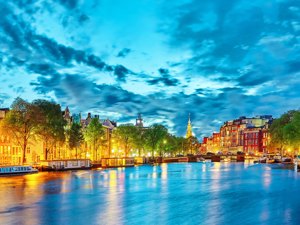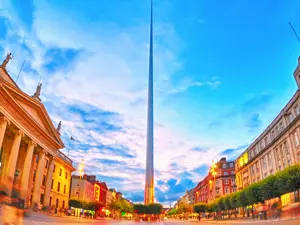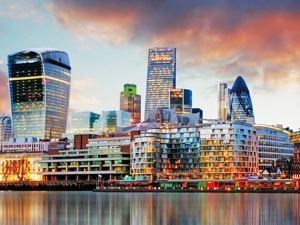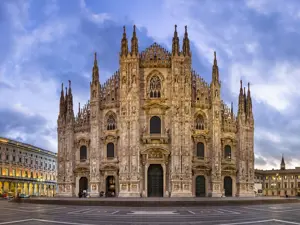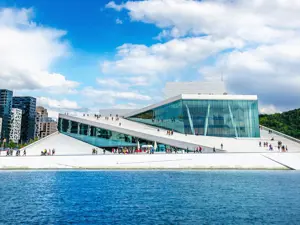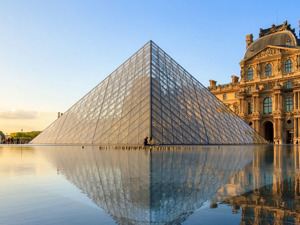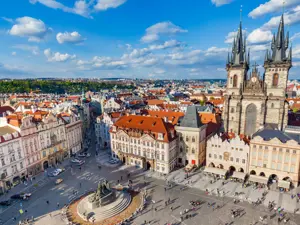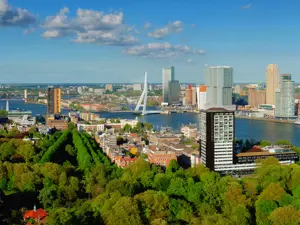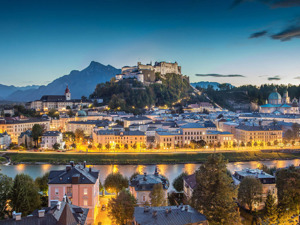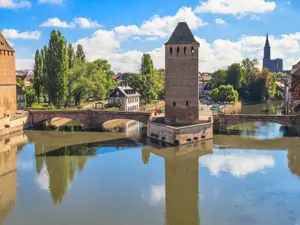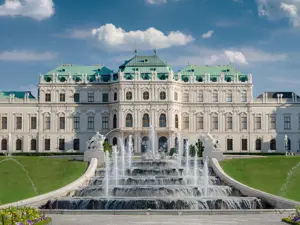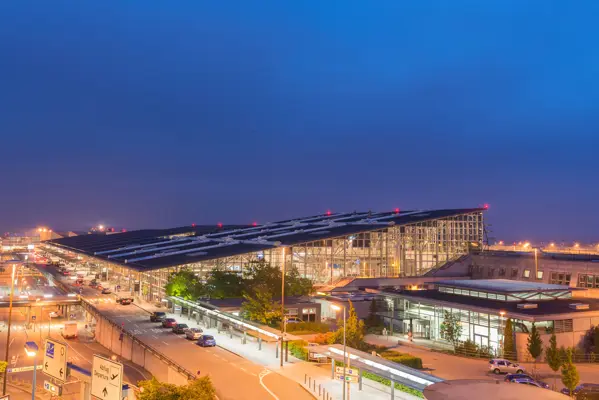The capital of Baden-Württemberg, known throughout the world as the capital of the automobile industry and centre of one of the most economically active regions of Germany, Stuttgart is also well worth visiting for its artistic and cultural heritage, activities and events, architectural masterpieces and beautiful surrounding countryside.
Stuttgart. Copyright © Sisterscom.com / Shutterstock
Walking through the centre of the city you come across wonders such as the old castle (Altes Schloss), the new Baroque castle (Neues Schloss) and the covered Art Nouveau market (Markthalle).
The rooms inside the Altes Schloss, with its picturesque internal porticoed courtyard, house the Württemberg museum. A short distance away stands the sumptuous Neues Schloss, the New Castle. The castle square, dominated by a 30-metre high column, is the heart of the city and a popular meeting place.
Stuttgart. The Old Castle Altes Schloss. Copyright © Sisterscom.com / Shutterstock
One of the most important and world-renowned monuments of modern architecture is the residential quarter of Weißenhofsiedlung built in 1927. The covered Art Nouveau market, erected between 1912 and 1914, is one of the most beautiful in Germany. Every day it is filled with fresh flowers, fish, meat, fruit and vegetables, exotic products and spices. On the first floor there is a small restaurant and a gallery.
Stuttgart, also capital of musicals, has more than 40 theatres, 30 galleries and three large art museums.
The Opernhaus, the opera house built between 1909-1912, is home to the “Staatstheater Stuttgart”, a company performing innovative plays and performances.
The National Art Gallery, the Staatsgalerie, houses one of the most important art collections in Germany, while the Stuttgart Art Museum displays, in a sensational building shaped like a glass cube, a valuable art collection including the largest survey exhibition in the world devoted to the German painter and engraver Otto Dix.
Stuttgart. The Opera House. Copyright © Sisterscom.com / Shutterstock
The Württemberg State Museum in the Old Castle extensively illustrates local art and history with works of art ranging from Stone Age artefacts to the ancient jewels of the Kingdom of Württemberg. The newart gallery, Neue Staatsgalerie, documents all the creative stages of Picasso.
Stuttgart. Porsche Museum. Copyright © Sisterscom.com / Markus Mainka / Shutterstock
Don’t miss the two car museums: the Mercedes Benz museum, showing more than 100 years of automobile history, and the Porsche museum, displaying the legendary fast sports cars.
Königstraße and Schulstraße are the principal shopping streets in the centre with coffee houses and street artists animating the pedestrian area. Schulstraße connects Königstraße to the Marktplatz and is dotted with fashion stores and food ìshops. There are many enchanting shops in Calwer Straße behind pretty gabled houses and old timber-framed buildings. In the Bohnen quarter, near to the Marktplatz, there is much to discover including wine shops, international food stores and small shops selling unusual items.
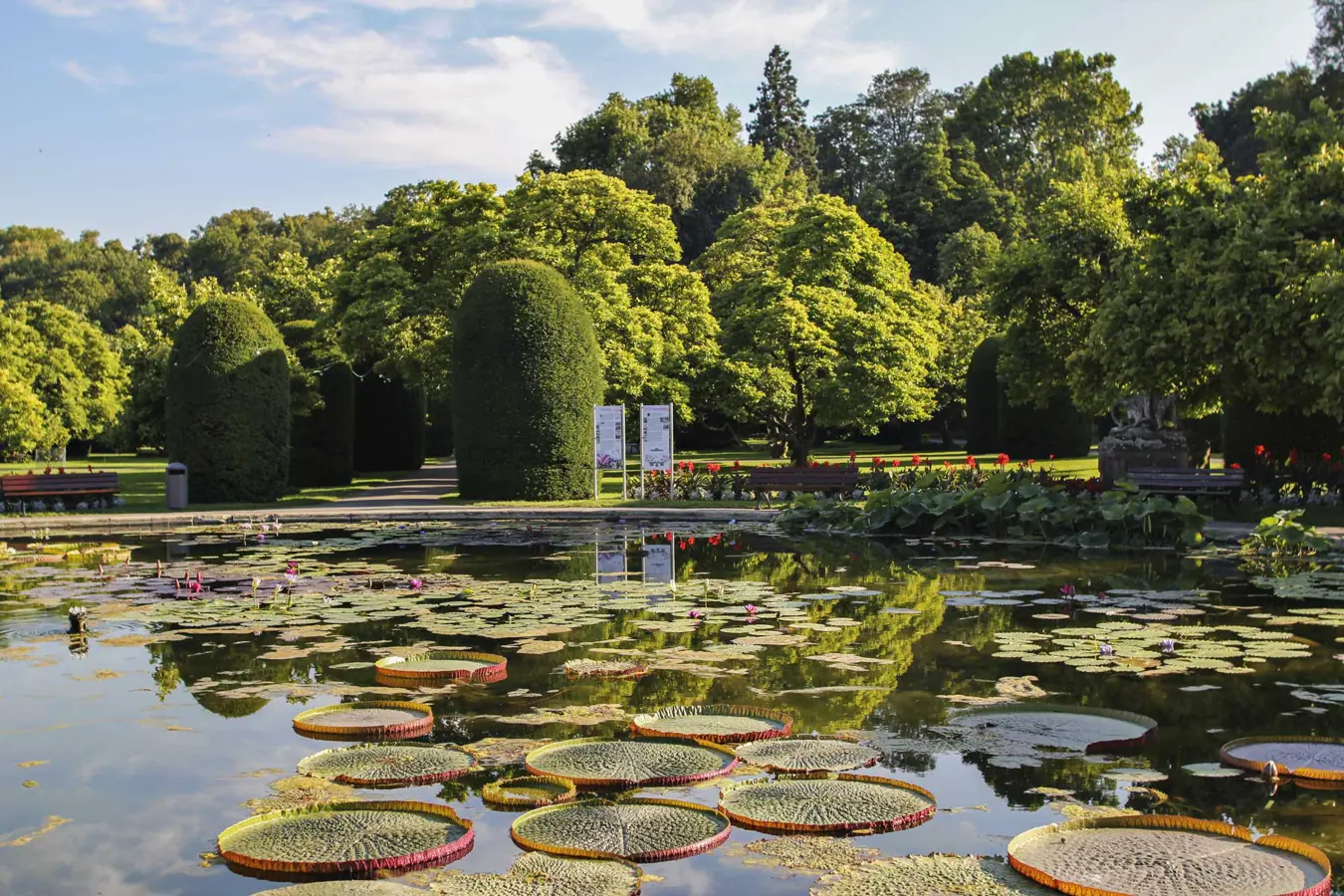
After Budapest, Stuttgart is one of the principal spa cities in Europe and can boast the largest “natural reservoir” of mineral waters in western Europe with three spas and 19 public springs.
For people who enjoy good food and drink, Stuttgart has an excellent choice of Swabian restaurants and welcoming wine bars serving a rich selection of regional cooking such as “Spätzle” - soft dumplings - and “Maultaschen” - similar to ravioli cooked preferably in broth.

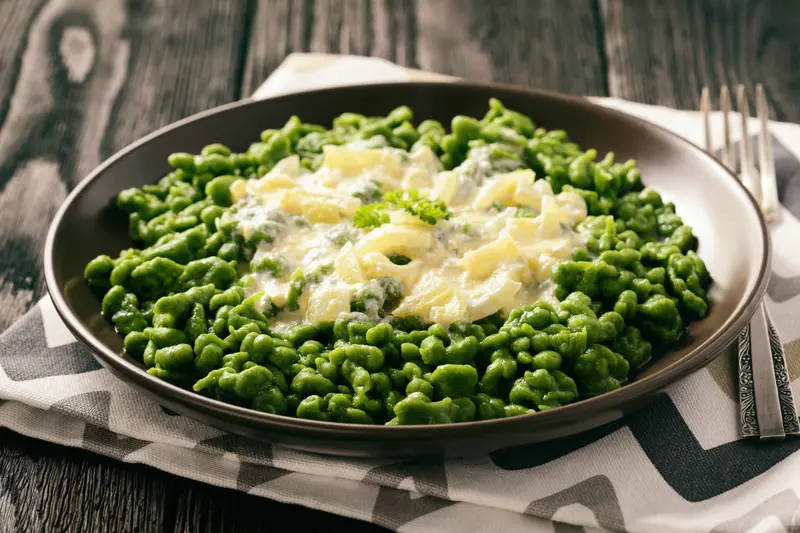
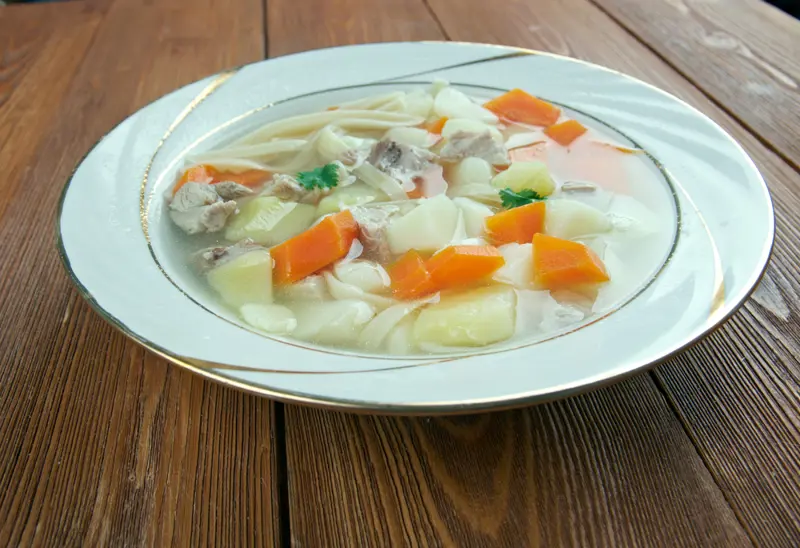
Photos: © Sisterscom.com, Shutterstock
Copyright © Sisterscom.com. All rights reserved.
Video: www.stuttgart-tourist.de
www.stuttgart-tourist.de
Partnership with Booking.com
Stuttgart. Copyright © Sisterscom.com / Shutterstock
Stuttgart is a welcoming city and offers different possibilities for accommodation.
To find the ideal hotel and the best offers you can do a search for the stars but also for districts or landmarks.
